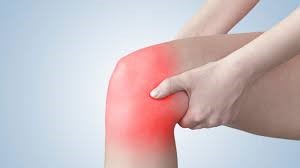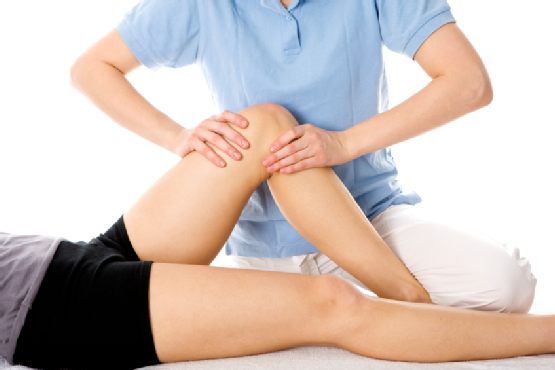Written By: Thomas Watkins IV, DPT, OCS, Cert. DN
What is Knee Osteoarthritis?
Osteoarthritis (OA), or degenerative joint disease (DJD), is the most common form of arthritis that affects nearly 30 million American adults. It may involve a wide variety of symptoms, including pain or aching, joint stiffness, decreased range of motion, and/or swelling. These changes may be related to a few risk factors that your Health Provider or Physical Therapist will be able to discuss with you.
Risk Factors for Knee OA: Prior joint injury (fracture, sprain, ligament damage), increasing age, gender (sorry ladies!), obesity, family history, and race.1
Treatment Options
Fortunately, there are many evidence-based interventions that can help reduce the dysfunction, pain, and suffering that knee OA may cause. While each of these treatments, alone, may not work the same for each person, your Physical Therapist will create a personalized plan of care that focus on the most important concepts. At the very least, each plan of care should include education about OA or DJD, physical activity and exercise recommendations, weight loss strategies if needed, and guidelines for continually monitoring and managing your symptoms. As a typically progressive diagnosis, it is paramount that your therapist can teach you self-management tactics, so that you may continue to provide your joints with the maintenance they need to stay healthy.2,3,4
Education
- OA facts and statistics
- Activity modification
- Pain management
- Consideration of walking aids (cane, crutch, new shoes)
Exercise Recommendations
- Type, amount, intensity and frequency
- Walking, biking, golf, swimming, dancing, hiking, etc
- Strength training
- Neuromuscular or balance training
Weight Loss Strategies
- Typically recommended if your Body Mass Index (BMI) is > 25
- Self-monitoring of caloric intake, food choices
- Limiting portion sizes
- Nutritional education
Self-Management
- These guidelines will be tailored specific to your individual needs

Surgical Option and Post-Op Care
According to the American Academy of Orthopaedic Surgeons (AAOS), approximately 581,000 total knee arthroplasties (TKAs) are performed each year. Based upon their knowledge of specific surgical procedures and their physical assessment and evaluation skills, your Physical Therapist will create an individualized program that can help guide you towards improved physical activity, decreased pain, and better quality of life.
You can expect to see improvement following knee replacement surgery for up to 12-18 months after surgery. Initial post-op management may include Home Health Physical Therapy, which will work on your range of motion, joint swelling, pain management, and mobility. Beyond this, you may benefit from additional therapy to help guide your recovery and improve your strength, range of motion, stability, and activity levels.
If you are experiencing joint pain and/or reduced activity due to joint stiffness or swelling, consider visiting us at either of our Richmond, VA locations. Our licensed therapists are considered industry experts in evaluation and management of joint conditions such as knee OA or knee DJD. We are eager to help reduce your pain and to help your reach your goals!
- Osteoarthritis Fact Sheet. Centers for Disease Control and Prevention. https://www.cdc.gov/arthritis/basics/osteoarthritis.htm. Published February 2, 2017. Accessed June 5, 2017.
- National Guideline Clearinghouse (NGC). Guideline summary: American Academy of Orthopaedic Surgeons clinical practice guideline on the treatment of osteoarthritis of the knee, 2nd edition. In: National Guideline Clearinghouse (NGC) [Web site]. Rockville (MD): Agency for Healthcare Research and Quality (AHRQ); 2013 May 18. [cited 2017 Jun 05]. Available: https://guideline.gov
- OARSI Guidelines for the Non-Surgical Management of Knee Osteoarthritis. Osteo and Cart. 2014; 22: 363-388. http://dx.doi.org/10.1016/j.joca.2014.01.003
- EULAR recommendations for the non-pharmacological core management of hip and knee osteoarthritis. Ann Rheum Dis. 2013; 72: 1125-1135. doi:10.1136/annrheumdis-2012-202745.

